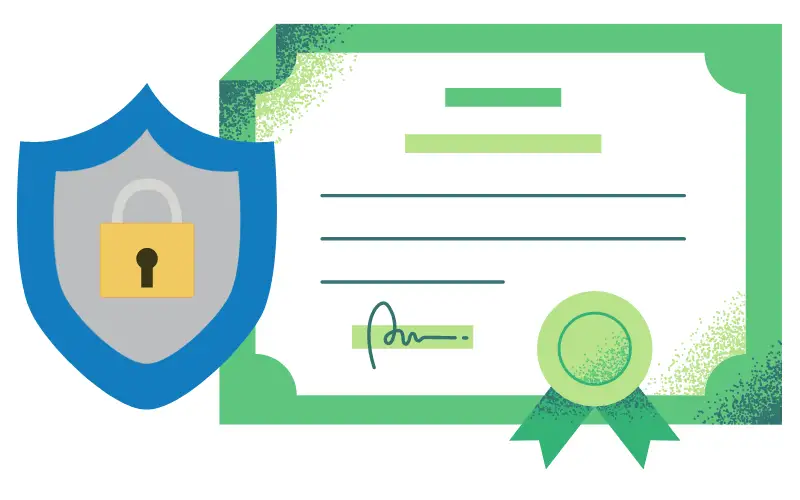If you’re considering buying a Category S (Cat S) car, you’re likely pondering one big question: Are Cat S cars more expensive to insure?
The answer is a mix of yes, no, and “it depends.”
Let’s break it all down so you can make a fully informed decision. (And no, you don’t need a law degree to understand this.)

What is a Cat S Car?
A Cat S car is a vehicle that has been written off by an insurance company because of structural damage. This could include:
- Damage to the chassis or frame.
- Issues requiring professional repairs to ensure roadworthiness.
Key Insight: Unlike Cat N cars, which have non-structural damage, Cat S cars must be repaired and re-registered with the DVLA before being driven on UK roads.
Why Are Cat S Cars Cheaper to Buy?
Cat S cars typically sell for 20-50% less than their non-written-off counterparts. Why?
- Perceived risk: Buyers worry about hidden damage.
- Reduced resale value: The Cat S label sticks, making future sales trickier.
However, cheaper purchase prices often come with a catch—like higher insurance costs. Let’s explore why.
Factors That Influence Insurance Costs for Cat S Cars
| Factor | How It Affects Insurance |
|---|---|
| Repair History | Insurers want proof that the car was repaired to a safe standard. |
| Vehicle Value | Lower market value means smaller payouts for the insurer but higher perceived risk. |
| Repair Complexity | Structural damage repairs are harder to assess for long-term reliability. |
| Driver Profile | Your age, location, and driving record still play a big role—even with a Cat S car. |
| Specialist Insurers | Some insurers won’t touch Cat S cars, leaving you with fewer (and often pricier) options. |
Are Cat S Cars Always More Expensive to Insure?
Not necessarily. Insurance premiums for Cat S cars can be slightly higher, but how much depends on the following:
- Documentation: Have you got proof of high-quality repairs?
- Modified or Not: If the car’s been restored with aftermarket parts, insurers might raise an eyebrow…and the premium.
- Type of Coverage: Comprehensive insurance usually costs more than third-party, but it’s often a smarter choice for Cat S vehicles.
Example: A 2018 Ford Fiesta (Cat S) might cost £500/year to insure compared to £450/year for a non-Cat S model. Not a bank-breaker, but notable.
How to Lower Insurance Costs for Cat S Cars
Choose a Specialist Insurer
Some insurers cater specifically to repaired vehicles. Examples include Adrian Flux and Lancaster Insurance.
Provide Repair Evidence
Detailed repair invoices and certifications can reassure insurers.
Install Security Features
A tracker or immobilizer can reduce premiums.
Increase Voluntary Excess
Higher excess = lower premiums, but don’t overcommit.
Shop Around
Use comparison sites, but call insurers directly for Cat S cars, as many won’t appear online.
Practical Use Case: Weighing the Pros and Cons
Scenario: You find a Cat S Volkswagen Golf for £8,000. A non-Cat S model costs £12,000. Should you go for it?
| Factor | Cat S Golf | Non-Cat S Golf |
| Purchase Price | £8,000 | £12,000 |
| Insurance Cost (Year) | £600 | £500 |
| Resale Value | Lower | Higher |
| Risk of Issues | Higher (if poorly repaired) | Lower |
Verdict: If you’re confident in the repairs and plan to keep the car long-term, the Cat S option might save you money. But if you want easy resale or peace of mind, the non-Cat S model could be worth the extra cost.
A Little Finish
Buying a Cat S car is a bit like adopting a rescue pet. It might have a few scars, but with the right care, it’ll be loyal, cost-efficient, and perfectly lovable. Just make sure it’s had its shots… or in this case, repairs.
Final Thoughts
Cat S cars can be a smart buy for those on a budget, but they come with caveats. When it comes to insurance, be prepared for potentially higher premiums and do your homework.
Armed with repair records, security upgrades, and specialist insurers, you can drive away with a deal that’s safe and cost-effective.


